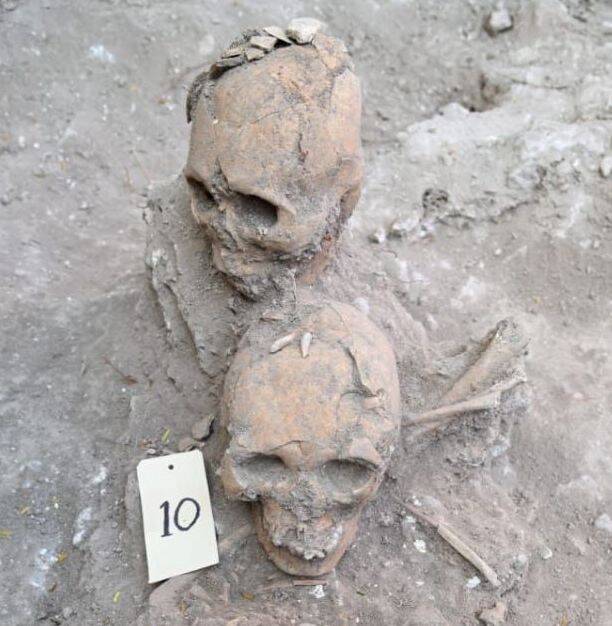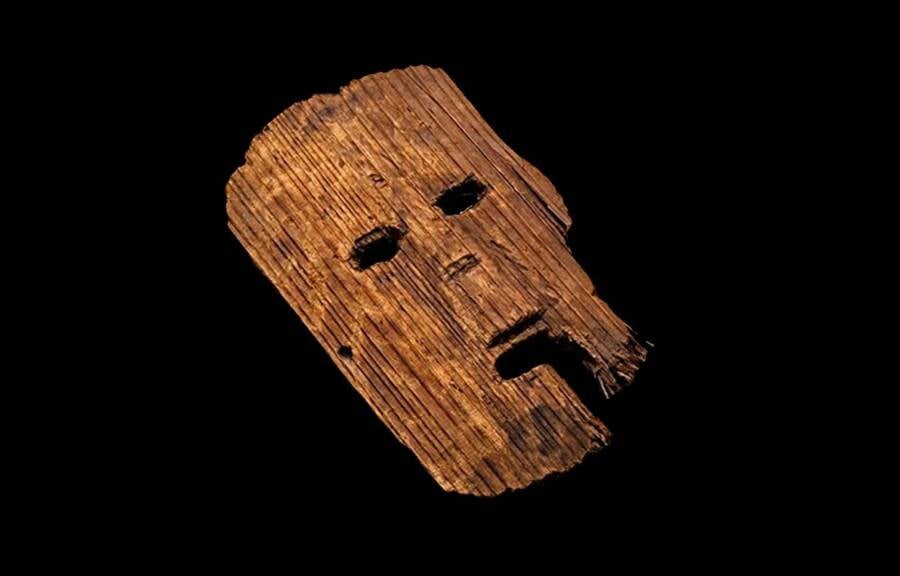Maya temple filled with human sacrifices found in Mexico, ancient necropolis unearthed in Paris, 1,800-year-old ritual mask uncovered in Japan.
Archaeologists Uncover 1,200 Years’ Worth Of Human Sacrifice Victims Inside A Maya Temple In The Yucatan Peninsula

INAHExperts believe that this temple was built in stages over the course of many centuries — with human sacrifices used to consecrate this holy ground at each step in the process.
Though it’s known only by the innocuous name “structure 18,” the ancient Maya temple at the Moral-Reforma archaeological site in the Mexican state of Tabasco conceals a history that’s shockingly gruesome. In use for at least 1,200 years, this pyramid was a “monument to the forces of death” that was repeatedly sanctified with dozens of human sacrifices.
Experts believe that this temple was built in stages over the course of many centuries — with human sacrifice used to consecrate this holy ground at each step in the process. Now, archaeologists have found at least 25 human sacrifices inside, most of them decapitated, butchered, and arranged in a grim tableau of death.
Read on here.
Archaeologists Just Unearthed An Ancient Necropolis Under A Busy Train Station In Paris

Camille Colonna/INRAPExcavation crews unearth skeletons and artifacts from the ancient necropolis.
Archaeologists have uncovered a 2,000-year-old necropolis under Port-Royal, a busy train station in Paris. The burial ground dates back to the Gallo-Roman city of Lutetia, Paris’ precursor, offering new insights into life in ancient France.
France’s National Institute of Preventive Archaeological Research (INRAP) first came to the site following an announcement that a new exit would be built at the station.
French archaeologists had previously speculated that the long-lost Saint Jacques necropolis, believed to have been the largest Lutetia burial site, was geographically close to the train station, and they wanted to verify that the site was clear before construction took place.
Dig deeper in this report.
1,800-Year-Old Ritual Mask Discovered During Monorail Construction In Japan

Osaka Center for Cultural HeritageThe mask is so heavy that it’s possible it was only displayed during ceremonies rather than actually being worn.
During preparatory excavations for the extension of the Osaka Monorail in Japan, archaeologists came across a number of stunningly well-preserved wooden objects. Of these, the most remarkable is a 1,800-year-old mask that was likely used in ancient rituals.
According to the Osaka Center for Cultural Heritage, the mask is made from cedar and resembles a human face, with two holes for the eyes and one for the mouth. It’s 11 inches long and seven inches wide, with a perforation on the side that might have once held string to tie the mask in place.
See more here.





